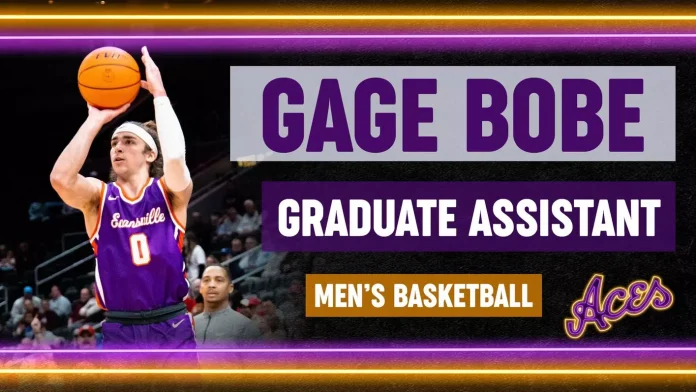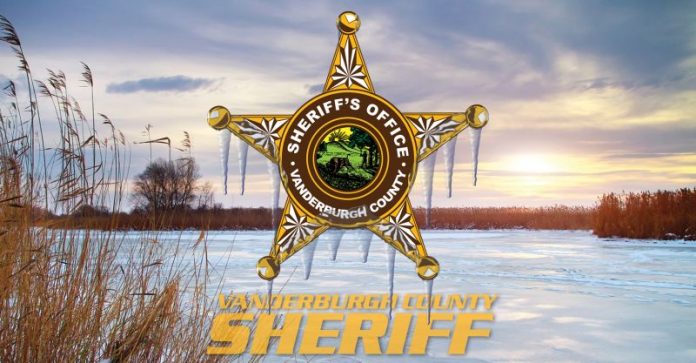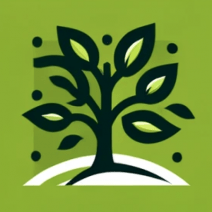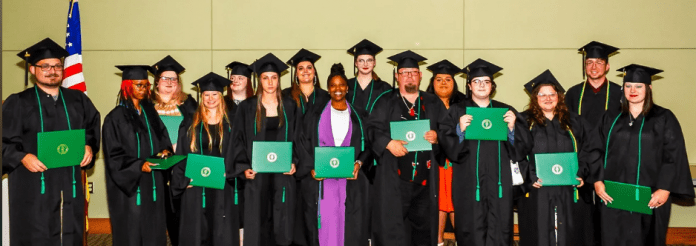VINCENNES, Ind. – The three-time defending Region 24 Champion Vincennes University volleyball team picked up another big addition this week to close out their 2024 recruiting class with the addition of outside hitter Karen Kodi.
Kodi is a five-foot 11 outside hitter that comes to Vincennes University from West Carrollton High School just outside of Dayton, Ohio.
“We needed to recruit pins,” VUVB Head Coach Gary Sien said. “We graduated several from last year’s team. We have a lot of middles returning, but it was definitely a priority after losing that many outsides and right sides, the pins were really a priority in recruiting.”
“The thing that I like about Karen is that she can hit on either side,” Sien added. “She does play six rotations. We’re always looking for six rotation players. I just really like the way she plays. She plays with an attitude and I like the way that she carries herself on the court. She has a real presence on the court and if we do end up using her on the left side, you need to have that. You have to go up there with the mentality of getting a good swing on the ball and not making an error because the sets are coming from all over the court.”
“We will have a tough competition to replace our two outsides from last year,” Sien said. “We had two outsides that were six rotation players for two years. To have both of them gone, it’s been a few years since we’ve had to replace both at the same time. How tough it’s going to be to replace those two is a big compliment to both Audrey Buis and Paige Parlanti for their consistency and their leadership.”
“We’re not just looking to replace the positional skills, but we are also replacing the intangibles too,” Sien added. “Not that they have to step up right away and be a leader from day one, but that wouldn’t hurt either. We are looking for Karen to definitely be in that mix, possibly on the left side or the right side depending on who goes where.”
Kodi had a stellar senior season for the Pirates last year, finishing with 221 kills, 393 digs, 95 aces and 43 blocks while also finishing with a .380 hitting percentage.
Kodi was named the Team MVP last season for West Carrollton High School and was also an Honorable Mention for the 2023 All-Miami Valley League team.
Kodi also spent time playing for the Western Buckeye Volleyball Club in Fairfield, Ohio just outside of Cincinnati.
“Karen is going to a program where she can be a major contributor to the team’s success and to a team where she can be a star,” Kodi’s High School Coach Rob Hays said. “Karen is the best athlete I have ever coached. She works hard and plays harder. She makes any team instantly better.”
Kodi’s addition closes out the 2024 recruiting class for the Trailblazers as the VUVB team begins to set their sites on the first day of official practice on Aug. 1, the first scrimmage Saturday, Aug. 10 ta St. Mary-of-the-Woods and the start of the 2024 regular season Friday, Aug. 23 when VU hosts Region 24 opponent Wabash Valley College at 7 p.m. eastern.
The Vincennes University Athletic Department is excited to welcome Karen Kodi to the 2024 Trailblazer recruiting class.





















